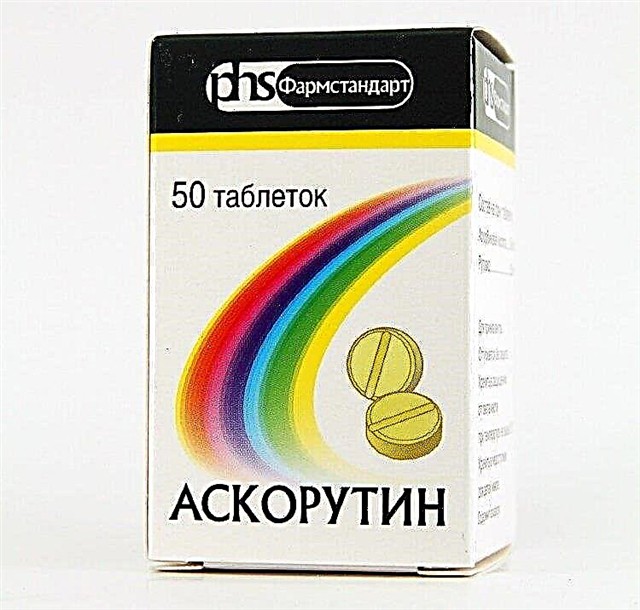
Hygromas are benign tumors that are quite common in adults. Most often they appear in women aged 25 and older. But in childhood and adolescence, they are not so common and are considered, rather, the exception than the rule. However, parents faced with the formation of such a tumor in a child want to know what the causes and prognosis are, as well as what treatment can be.

Description
Hygroma is often called synovial cyst or ganglion. Despite the scary name that brings horror to parents, such a tumor is not considered dangerous in its essence. It does not degenerate into a malignant one, and in most cases does not require any treatment.
By its structure, the ganglion is a tumor-like formation, an accumulation of serous fluid with mucus or fibrin in the tendon, joint. It doesn't hurt and shouldn't be uncomfortable, apart from aesthetics.
The inconvenience begins when this watery mass is located near the nerves. The growth of a hygroma can lead to nerve compression and pain or sensory impairment.
The contents of the hygroma look like a light or yellowish jelly. Depending on the exact location, synovial cysts can be as hard, almost like cartilage, or soft and elastic.
Hygroma in children can be located in different places. The most common cyst of the wrist joint. It appears on the arm, usually on the back of the hand, on the side, or at the wrist.


The synovial cyst is clearly visible if it is located over the ligament. If it is located under it, then the formation can be outlined with strong bending. Hygromas appear very rarely on the palm.
Such formations can also appear on the back and palmar sides of the fingers. As a rule, on the finger, the tumor selects a place at the base of the last phalanx or in the space between the phalanges. Tumors on the palm side of the finger are usually larger and more painful.
Hygromas on the palms are similar to hard cartilaginous formations. They are distinguishable and protrude high above the surface. As long as the child's hand is not involved in a heavy load on the palms, there is almost no pain.
The appearance of a synovial cyst on the leg is not excluded, while the formation most often appears on the foot. Hygroma of the foot also implies tumors of the dorsum of the fingers. Hygromas on the ankle are also common. Ankle tumors can be quite painful.
Much less often in children, ganglions appear on the head, on the elbow joint, and in a newborn - on the collarbone and neck. Also, hygromas on the heel, under the knee, behind the knee joint and below - under the knee in the popliteal fossa are considered not the most common.


Uncommon, but the most dangerous, can be considered a hygroma of the brain, which is called subdural. Its growth can provoke quite significant consequences, and such progressive formations must necessarily be removed by a neurosurgeon.
Causes of occurrence
Today it is not very clear to medicine and science where and why hygromas come from. There are suggestions that they can be inherited, which means that a child can simply inherit, if not the benign tumor itself, then a predisposition to its occurrence at any age.
Traumatologists noticed that in about a third of all cases, a child is injured before the appearance of a jelly-like cyst tumor. It doesn't have to be a fracture or dislocation - a simple bruise is enough. There is also speculation that repeated trauma significantly increases the likelihood of developing a synovial cyst. Some pediatric orthopedists are supporters of the theory that hygroma develops with constant strong physical exertion.
If we talk about a brain tumor, then usually it is a consequence of traumatic brain or birth trauma... Although there is also quite a lot of unexplored, not obvious and incomprehensible. For example, there is an assumption that ecology, as well as nutrition and individual characteristics of metabolism, may be involved in the formation of cysts.
In theory, a tumor can develop anywhere in the human body where there is connective tissue. In other words, the doctor will not be surprised to find a hygroma on the collarbone or neck, but he will definitely say that this is a rare case. Most often, such cysts are formed on the limbs.
The cyst capsule always consists of connective tissue. Part of the cells of this tissue is the capsule itself, another part of it begins to produce a liquid medium, which gradually fills the capsule.

This process is poorly understood, but it is definitely known that interrupting such abnormal behavior of connective tissue in this area is quite difficult... It is for this reason that conservative treatment usually does not give the desired effect, and after surgical treatment or removal of the hygroma, it often returns over time.
It is enough to leave only a few cells of abnormal connective tissue, and the tumor will reappear.
Symptoms and signs
At the very initial stage, a slight swelling appears in the area of the joint or in the place of attachment of the tendon to it, which becomes noticeable almost immediately. In most cases, children have single hygromas, but sometimes several cysts can form simultaneously or sequentially.
They can be both soft and quite hard to the touch. But in both cases the outlines of education are clear. They do not look like swelling - rather, like a lump with unchanged or almost unchanged skin color at the top or surface. Less common is local redness and flaking of the skin.
The skin above the cyst can move and move freely, but the capsule itself is almost motionless, since it is firmly attached to the underlying tissues.
If you press the hygroma with your finger, the child will complain of pain. Soreness depends on the size and location, proximity or distance from the nerve endings. In some cases, the cyst practically does not hurt, and sometimes there is a weak aching, almost constant pain, which noticeably increases after physical exertion.
In every third child, the ganglion has no symptoms.

The size of education is not constant. It can decrease at rest, and after exercise - visually increase.
There may be a slow gradual growth or a fairly rapid increase. Most often, the ganglion does not exceed 3 cm in diameter, less often there are larger formations, the diameter of which reaches 5-6 cm.
The ganglion does not pass on its own - it cannot open up, burst, dissolve, regress. But it never turns into a cancerous tumor, which is why it is considered benign, and doctors' forecasts always favorable.
As for the cerebral hygroma, its symptoms resemble a hematoma in the meninges. The child may lose consciousness, he is nauseous, vision and hearing deteriorate, speech is impaired, the baby has problems with coordination of movements, and there may be seizures. Forecasts are ambiguous and largely depend on the degree of compression of the brain, how quickly the child was helped.


How is the diagnosis carried out?
The definition of a hygroma does not cause difficulties for specialists. To exclude possible bone and articular pathologies that may look similar in appearance, the doctor recommends an x-ray. If in doubt, an ultrasound scan is performed.
The structure of the capsule is clearly visible on ultrasound - the doctor easily determines what it is filled with, whether this filling is uniform.
If in doubt, an MRI scan or a puncture of the cyst is done to accurately establish its filling. It is very important to establish if there are important blood vessels nearby.

Treatment
There are two approaches to the treatment of hygroma in children. The first is conservative, the second is surgical.
Previously, hygromas were treated with pressure - in fact, they simply tried to crush it, cause the capsule to rupture. Needless to say, the method was painful and useless, since the pathological cells of connective tissue remaining inside formed a new capsule, sometimes larger than the previous one. Hygroma was pierced, enzymes were introduced into it. Healing mud and massage, bandages with ointments were prescribed.
Modern methods of treatment are not far from the previous ones: many doctors continue to practice them, despite the obvious futility of all these measures. For this reason, there is no need for conservative treatment if a small cyst is present and does not grow, does not cause any inconvenience, for example, it is on the finger or palm of a baby or an older child.
In cases where the hygroma begins to interfere with normal life, its surgical treatment is necessary. True, before treating, doctors always warn parents that in 20% of cases the tumor will return again. There are certain reasons for the operation, for example, it is performed only if the child experiences pain during movement or pain at rest, the joint is limited in movement, constrained, or the tumor is very noticeable and disfigures the appearance. Surgery is also recommended if the tumor is growing rapidly.
If the tumor does not affect the nerves, is small, it can be removed at the clinic. It is recommended to hospitalize the patient, because it is possible that the operation may be more difficult than expected, and you will have to open the joint or the site of ingrowth of the tendon.

Operations are performed under local anesthesia for older children. Babies may be given general anesthesia because it is difficult to ensure that the child will behave calmly during the operation.
Today are often held endoscopic operations, in which a small incision is made, while the tissues are less injured, and recovery after the intervention proceeds much faster.
There is no need to use folk remedies for children's hygroma... If the tumor does not need the surgeon to treat the child, then there will be no benefit from lotions and compresses.
Self-medication can also pose a danger to the life and health of the baby - the famous pediatrician and TV presenter Yevgeny Komarovsky thinks so. The doctor is sure that treatment of a hygroma in a child at 7 months, a year and even a year and a half is a waste of time. If the tumor does not interfere, it should be left alone. But if it interferes, then you should agree to the operation.
In the first case, you need to carefully monitor the behavior of the tumor, visit the doctor and do an ultrasound twice a year to establish the rate of its growth, increase in size, if any.
Quite often, hygromas shrink or disappear as they grow older. This is especially true during puberty, when the child's hormonal background changes.




